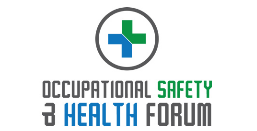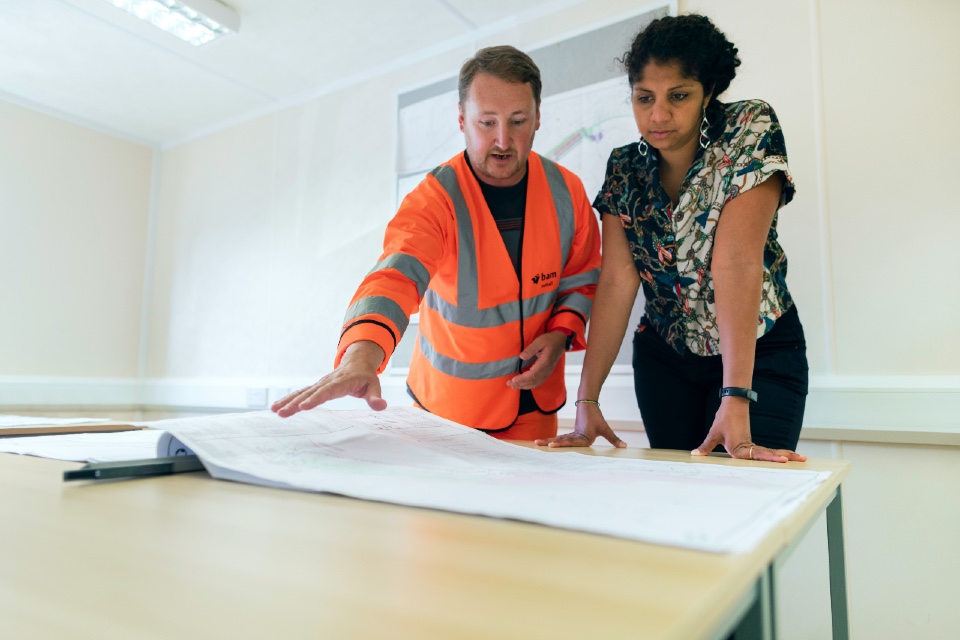Occupational health and safety (OH&S) professionals are shifting away from traditional, reactive approaches to risk management and embracing a more predictive and data-driven model. No longer is it sufficient to assess risks retrospectively after an incident has occurred. The new standard is anticipating hazards before they become incidents, using real-time data, smart technologies, and behavioural insights to build safer and more resilient workplaces…
This transformation is being driven by the convergence of several key factors: increased regulatory scrutiny, higher employee expectations around safety, and rapid technological advancement. As a result, risk assessments are no longer annual tick-box exercises—they are becoming dynamic, continuous processes embedded into the daily operation of organisations.
At the heart of this evolution is the use of real-time monitoring technologies. IoT-enabled sensors and connected devices now allow safety teams to track temperature, air quality, noise levels, equipment conditions, and human movement throughout a site. These data streams help identify early warning signs—such as overheating machinery, unsafe crowding, or prolonged exposure to environmental hazards—well before they result in harm.
Wearable safety tech is also gaining traction. Smart helmets, biometric wristbands, and location trackers are providing a new layer of predictive insight, alerting teams to worker fatigue, stress levels, or falls in progress. In industries such as construction, logistics, and manufacturing, this data is proving invaluable in reducing incident rates and improving emergency response.
Alongside hardware, software solutions are also playing a crucial role. Many UK organisations are adopting AI-driven risk assessment platforms that analyse historical incident data, near misses, and environmental factors to generate risk scores and recommend mitigation strategies. These platforms are helping OH&S leaders to prioritise interventions based on severity and likelihood, allocate resources more effectively, and maintain a live risk profile of each site.
Crucially, predictive risk management goes beyond technology—it requires cultural change. Safety leaders are working to embed risk awareness into the organisational mindset, encouraging employees at all levels to report hazards, share observations, and engage in collaborative safety planning. Behaviour-based safety programmes and micro-learning tools are helping reinforce this culture, making safety a shared responsibility rather than a top-down directive.
For OH&S professionals, the move from reactive to predictive risk management is not just a strategic upgrade—it’s a necessity. With the right blend of technology, data, and culture, organisations can not only prevent accidents more effectively but also demonstrate strong governance, meet evolving compliance requirements, and safeguard employee wellbeing in a rapidly changing world.
Are you searching for Risk Management/Assessment solutions for your organisation? The Occupational Safety & Health Forum can help!
Photo by ThisisEngineering on Unsplash







